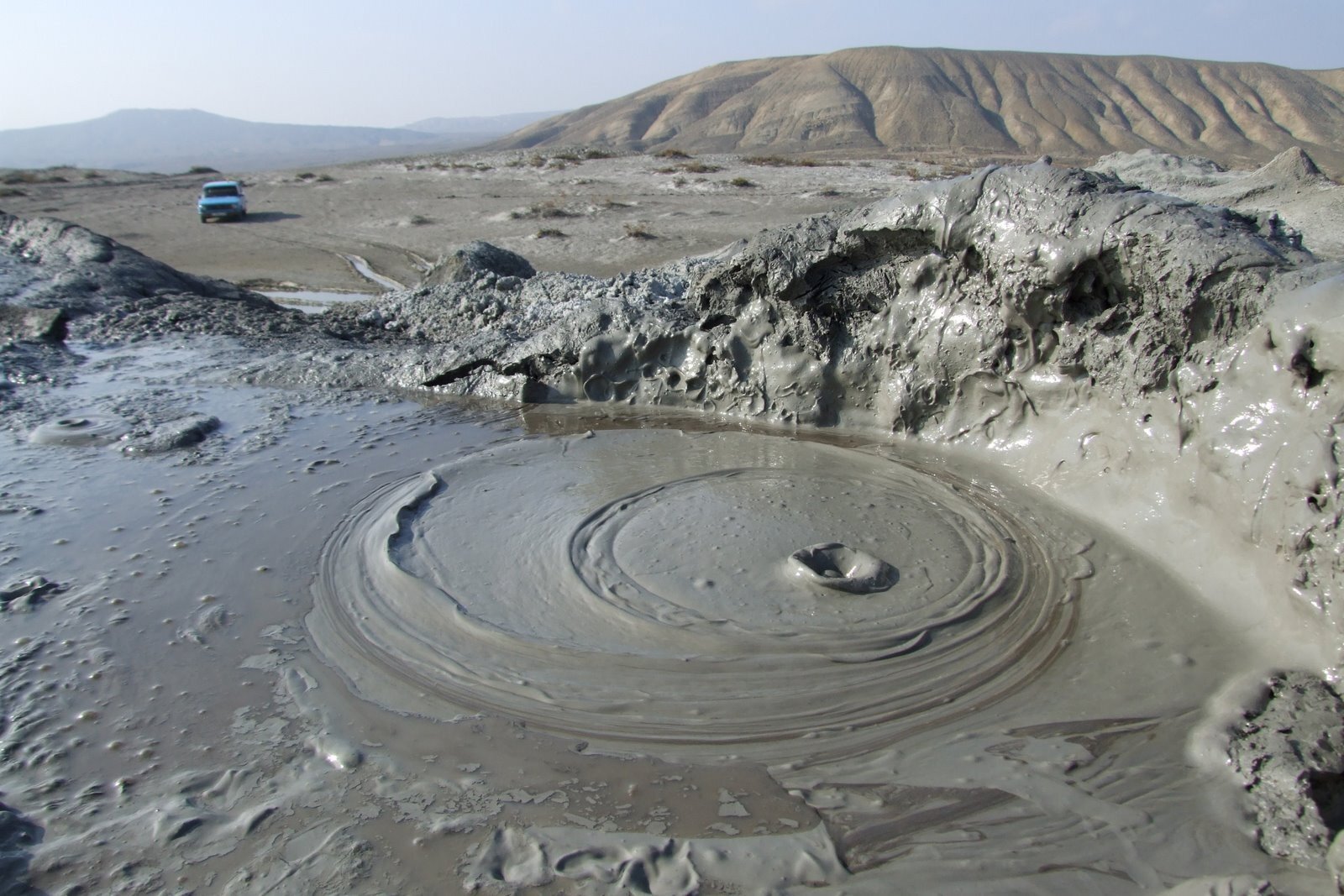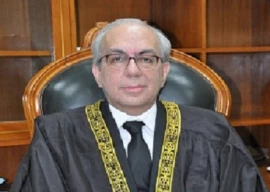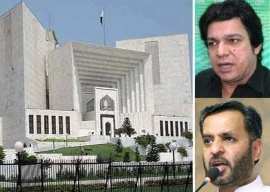
Around 70 active mud volcanoes -- scattered from Lasbela to Gwadar in Balochistan at the bottom of the ocean’s rugged floor, exhibit continuous activity during sea floods, monsoon seasons, and various other weather conditions.
Simultaneously, these mud volcanoes, normally in deep silence, sporadically transform into high and explosive islands with the rapid release of methane gas because of the increase in underground pressure.
These islands, emerging suddenly from the depths of the ocean, leave observers in awe before eventually dissolving into the sea over time.
Over the past 68 years, four such islands have appeared and disappeared at different locations in Balochistan.
Unlike conventional volcanoes, active mud volcanoes do not contain lava; instead, they expel glutinous bubbling brown slurry of mineral-rich water and sediment.
When exposed to heat, they immediately catch fire due to the abundance of methane gas.
According to a 2013 survey, Chandragup -- located in Hingol National Park in Balochistan -- is the largest mud volcano in Pakistan, standing at 330 feet tall and with a diameter of 49 feet.
Mud volcanoes, or mud domes, are landforms created by the eruption of mud, water, and gases.
According to experts, several geological processes contribute to the formation of mud volcanoes.
While they lack flames and lava, deliberate setting of fire in their vicinity causes rapid spread due to the high methane presence.
Mud volcanoes can range from one to two metres in height and width. However, in many places, they can reach up to 800 metres in height and spread over 10 kilometres.
The material released from mud volcanoes contains methane gas, emitting minimal carbon dioxide and nitrogen gas, along with salts, acids, and various hydrocarbon compounds.
Dozens of mud volcanoes are present in Russia's Taman Peninsula and Crimea, Ukraine's Kerch Peninsula, and various Italian peninsulas, among other locations.
In Pakistan, the province of Balochistan boasts over 140 mud volcanoes, with around 70 actively demonstrating their presence.
Some are so aggressively modified that all the mud inside dissolves in the sea, forming regular mountains and islands.
The notable mud volcanoes in Balochistan include Chandragup and Khandewari.
While active mud volcanoes in less challenging areas are accessible by foot, reaching many of them can require adventurous endeavours.
Smaller mud volcanoes in coastal Balochistan in the west of Gwadar contrast with larger ones found in Lasbela district, Mount Hinglaj, Hingol National Park and other areas of the province.
Chandragup is the most renowned mud volcano, where Hindu pilgrims throw flower petals because of their religious beliefs.
Geologists associate mud volcanoes with petroleum deposits, tectonic subduction zones, and orogenic belts.
Between 1945 and 2013, four islands appeared in Balochistan, disappearing within six months to a year because of decreasing underground pressure and the impact of ocean waves.
One notable event was the emergence of Zalzala Koh, a 17-foot-high and 250-foot-wide island, after an earthquake in Gwadar.
It continued emitting methane gas and erupted into flames when locals set fire to it.
In 2010, an island appeared in Kund Malir, 40 kilometres from Karachi, but vanished after two months.
Moazzam Ali Khan, technical adviser of WWF-Pakistan, explained that mud volcanoes stretched from Lasbela to Sonmiani in Balochistan and further on into Iran.
These mud volcanoes are susceptible to the effects of climate, supermoons, rising temperatures in summer, monsoon rains, and tidal surges.
In 1983, during a research expedition in Balochistan, a team ignited a fire in a high-altitude narrow-rim mud volcano, indicating significant methane gas presence.
According to Amir Haider Laghari, the director of the National Seismic Centre in Karachi, public awareness is crucial, especially among those engaging in fishing or recreational activities near these areas.
He added that while no untoward incident had been reported, caution was essential because of these islands’ high susceptibility to fire.
Laghari highlighted the collaborative efforts of geological scientists from Iran, Oman, and India, emphasising the unpredictable nature of mud volcanoes and their close relation to tsunamis.
Islands formed by mud volcanoes cannot be predicted like earthquakes, primarily occurring in subduction zone areas spreading from Sonmiani to Iran in a 50-kilometre decline.
Research suggests that the existence of these islands is attributed to the presence of methane gas in the planet.

































COMMENTS
Comments are moderated and generally will be posted if they are on-topic and not abusive.
For more information, please see our Comments FAQ